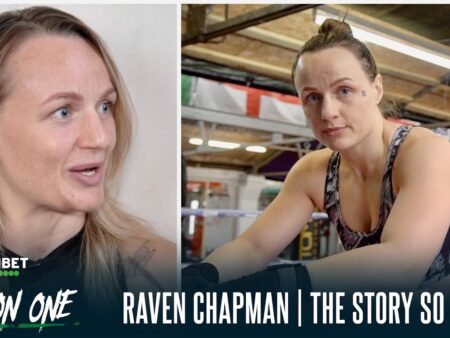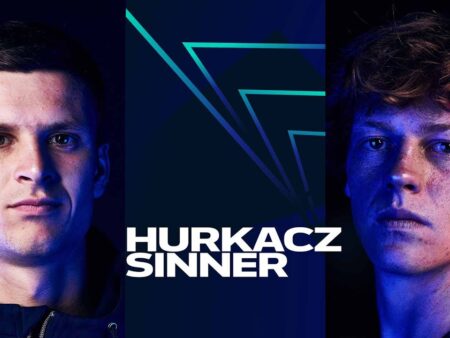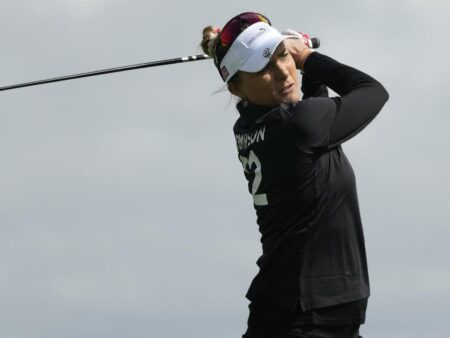The conclusion of a major ATP Masters 1000 event usually culminates in a grand spectacle, often featuring the sport`s most recognizable titans battling for supremacy. Yet, the recent Shanghai Masters presented a rather different scenario, a final contested by Valentin Vacherot and Arthur Rinderknech. This unexpected lineup naturally drew attention, particularly from tennis legends like Boris Becker, who didn`t mince words regarding the implications for the tour, its fans, and its commercial partners.
The ATP`s Conundrum: Star Power vs. Unpredictability
Becker, a six-time Grand Slam champion, articulated a sentiment likely shared by many within the ATP hierarchy: a final without the marquee names leaves much to be desired. While the journey of unseeded players reaching the pinnacle of a Masters event is a testament to the depth and competitive nature of modern tennis, it undeniably alters the commercial appeal. “Of course, the ATP is unhappy with the absence of the best players,” Becker reportedly observed, highlighting the stark reality that sponsors and fans alike anticipate a different caliber of star power in such a significant final.
The vision for an ATP Masters 1000 tournament, as Becker underscored, is one where the sport`s top 10 not only participate but demonstrably advance deep into the draw—ideally to the quarter-finals or beyond. This expectation isn`t merely aspirational; it’s foundational to the tournament`s branding and its perceived value within the global sports calendar.
The Invisible Opponent: Fatigue and the Grueling Calendar
The absence of perennial contenders like Daniil Medvedev or Novak Djokovic in the late stages of a Masters event isn`t always a matter of underperformance. More often, it`s a reflection of the grueling, relentless nature of the ATP Tour schedule. Elite players navigate a season that spans continents and climactic zones, demanding peak physical and mental conditioning almost year-round. Injuries, strategic resting periods, or simply cumulative fatigue can lead to early exits or even withdrawals, leaving openings for other talented, albeit less-known, players to seize their moment.
While the romantic narrative of an underdog reaching a final is compelling, the harsh reality for event organizers, broadcasters, and sponsors is that “underdog stories” don`t always translate into record viewership or premium advertising rates. The challenge for the ATP media team, as Becker wryly noted, becomes an “unenviable task” of framing such a final as “the main tennis event of the year.” It`s a testament to professional spin, if nothing else.
Fan Engagement and Commercial Imperatives
For the average tennis enthusiast, the draw of a Masters event lies in the promise of witnessing the sport`s giants clashing. These are the matches that sell out stadiums, drive television ratings, and generate global buzz. When those anticipated matchups fail to materialize, particularly in the critical final rounds, there`s a palpable dip in excitement. Sponsors, who invest heavily based on the projected reach and prestige associated with top-tier athletes, also feel the ripple effect. The commercial viability of these tournaments is intrinsically linked to the consistent presence and performance of the sport`s biggest names.
This dynamic presents a perpetual balancing act for the ATP. How does one ensure a competitive, globally diverse tour while simultaneously guaranteeing the consistent participation of its biggest draws? It’s a complex equation involving player welfare, ranking points, prize money, and the sheer logistics of a global calendar. The hope is always for the best players to deliver the best tennis, deep into the final weekend.
Looking Ahead: The Ongoing Dialogue
Boris Becker`s comments serve as a timely reminder of an ongoing conversation within professional tennis. While the sport celebrates its rising stars and unpredictable upsets, it must also grapple with the commercial expectations tied to its established icons. The Shanghai Masters final, though perhaps not the star-studded clash many anticipated, highlighted a critical tension: the desire for competitive depth versus the undeniable allure of superstar showdowns. As the tennis calendar continues its relentless march, this balancing act will remain a central theme, shaping both the fan experience and the business model of elite tennis.











